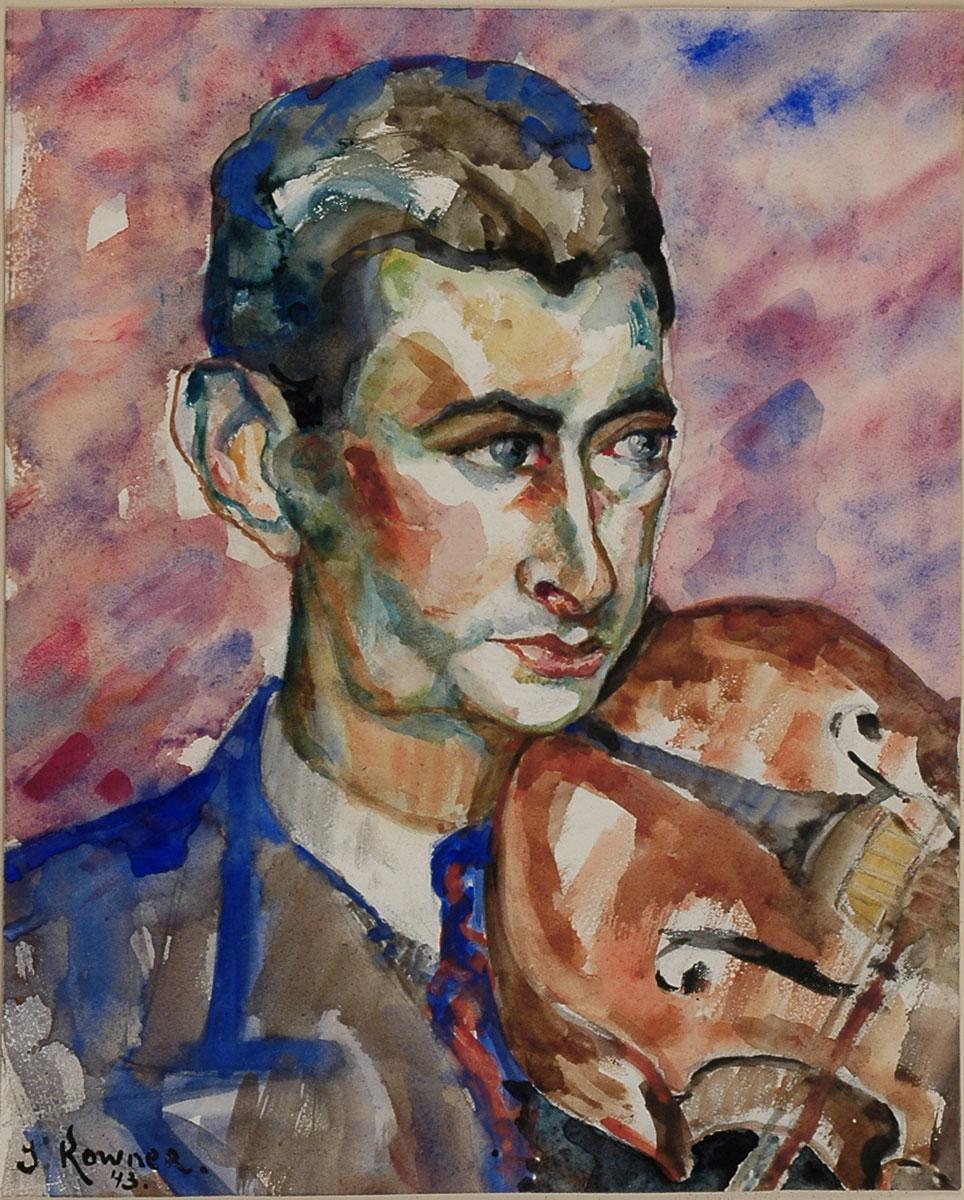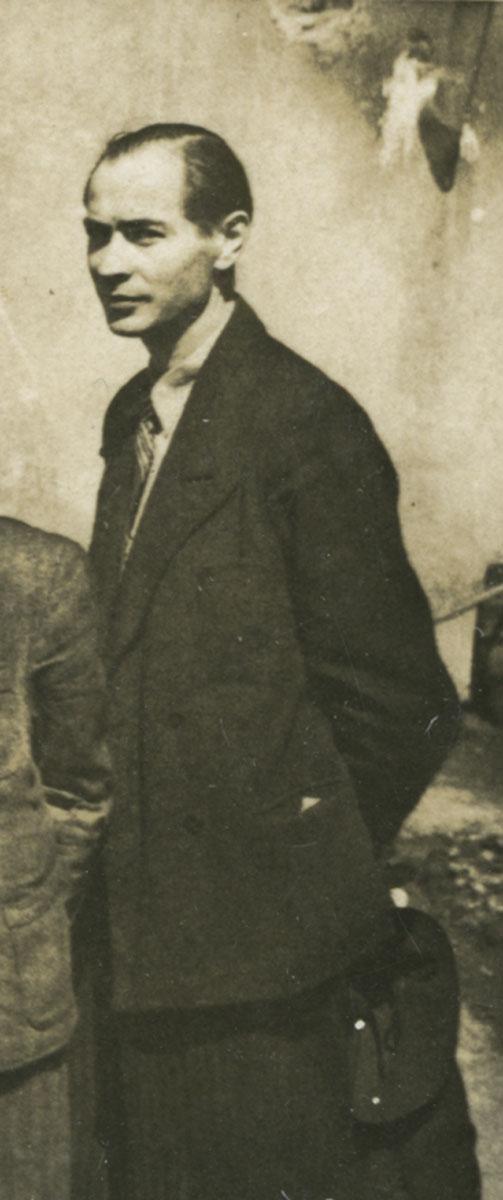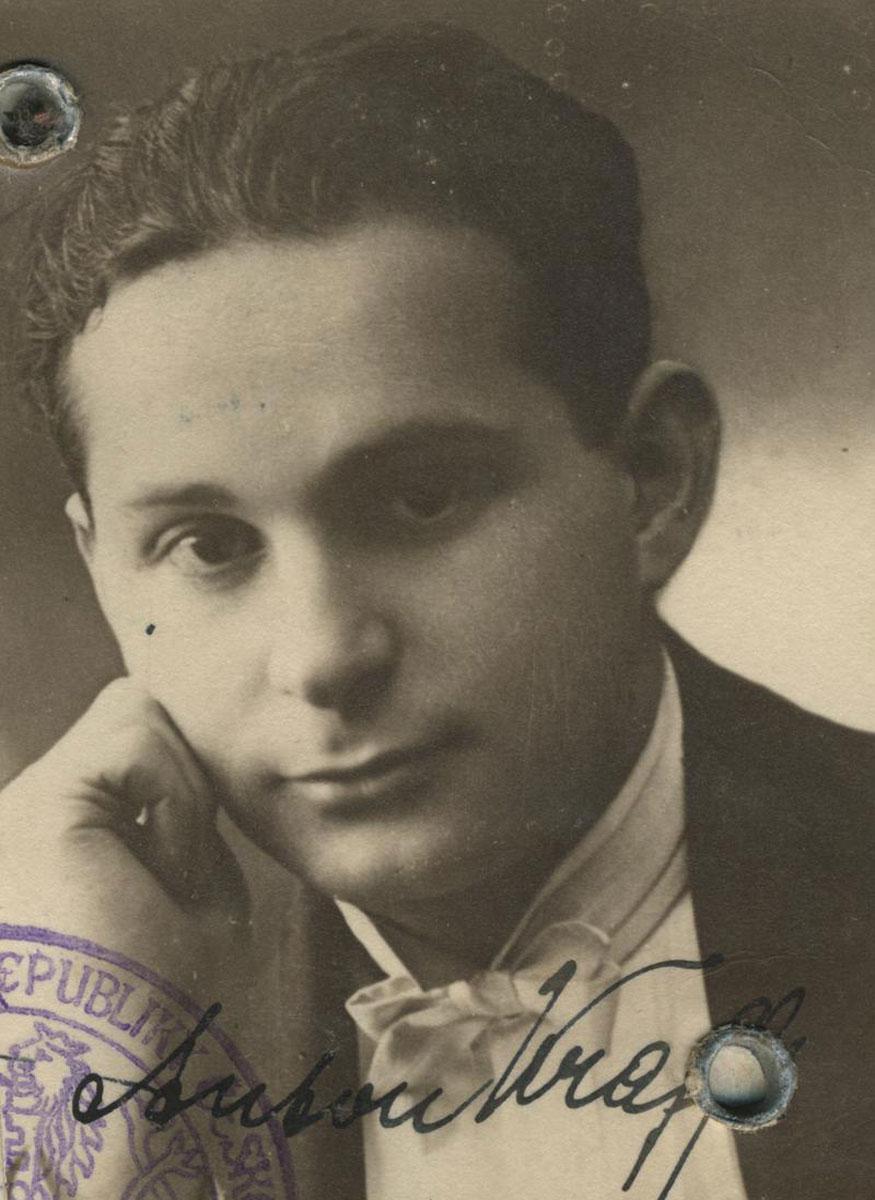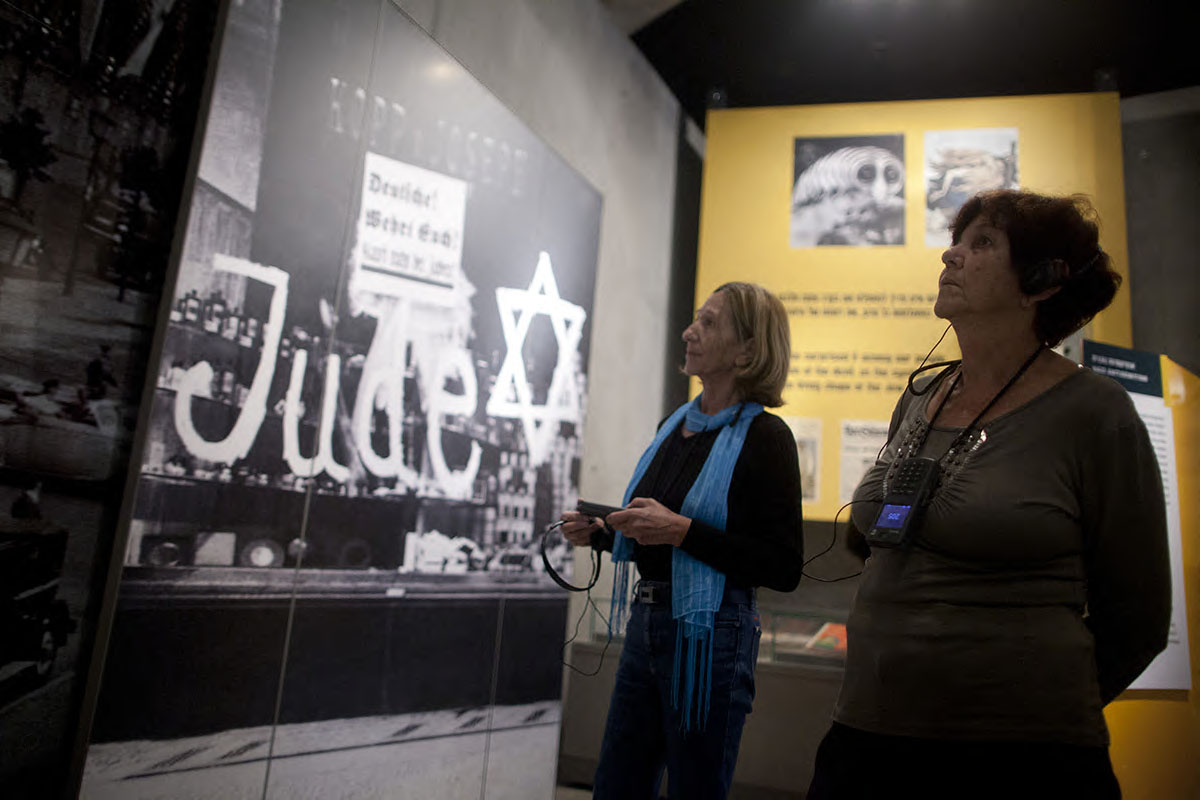
Watercolor on paper
Collection of the Yad Vashem Art Museum, Jerusalem
Gift of the Estate of Nachman Zonabend


Łódź Ghetto
Yad Vashem Photo Archive, 1602/542


National Archives Czech Republic, Prague (K 3942/6)

Sunday to Thursday: 09:00-17:00
Fridays and Holiday eves: 09:00-14:00
Yad Vashem is closed on Saturdays and all Jewish Holidays.
Entrance to the Holocaust History Museum is not permitted for children under the age of 10. Babies in strollers or carriers will not be permitted to enter.

Watercolor on paper
Collection of the Yad Vashem Art Museum, Jerusalem
Gift of the Estate of Nachman Zonabend


Łódź Ghetto
Yad Vashem Photo Archive, 1602/542


National Archives Czech Republic, Prague (K 3942/6)

Antonin was born on 29 March 1900 to Charlotte and Leopold Kohn. In 1929, while still living in Berlin he changed his last name to Krafft. In 1933, he and his wife, opera singer Szerena née Singer, moved to Prague where he was a violinist with the FOK Orchestra (Film – Opera – Konzert).
Following the German occupation of Czechoslovakia and establishing the Protectorate of Bohemia and Moravia in March 1939, Antonin was banned from playing with the orchestra and was forced to take odd jobs to make a living. However, he established the "Krafft Quartet" with three other Jewish musicians who had also lost their jobs, and the ensemble would perform in private Jewish homes.
On 29 October 1941, Antonin and Szerena were sent on Transport B to the Łódź ghetto. Szerena worked at the launderette and also taught. Antonin was registered as musician and continued to play the violin in the ghetto, but also took on jobs requiring physical labor, such as sorting potatoes, to provide for his family. Antonin died in the Łódź ghetto, presumably in 1944; Szerena survived and lived in Berlin after the war.
Born in Kiev, he moved to Łódź with his family as a child. He attended the St. Petersburg Academy of Art, completed his studies in Düsseldorf, Kassel and Paris, and then exhibited in major Polish cities. He was an editor of the periodical Forma and a member of the ŻTKSP –the Jewish Society for the Encouragement of Fine Arts. Following the German occupation, he was incarcerated in the Łódź ghetto, where he was one of the few painters who were sponsored by Chaim Rumkowski, chairman of the Judenrat. Kowner made designs for the ghetto carpet workshop. He exhibited his works secretly in his apartment, where he also hosted clandestine concerts. Deported to Auschwitz-Birkenau in 1944, he was transferred to the Wöbbelin camp near Ludwigslust, Germany. Liberated in May 1945, ill and wounded, he immigrated to Sweden and settled in Kalmar, where he continued to be a prolific artist. His acquaintance, Nachman Zonabend, retrieved Kowner's artworks hidden in the Łódź ghetto.

Thank you for registering to receive information from Yad Vashem.
You will receive periodic updates regarding recent events, publications and new initiatives.

"The work of Yad Vashem is critical and necessary to remind the world of the consequences of hate"
Paul Daly
#GivingTuesday
Donate to Educate Against Hate


Worldwide antisemitism is on the rise.
At Yad Vashem, we strive to make the world a better place by combating antisemitism through teacher training, international lectures and workshops and online courses.
We need you to partner with us in this vital mission to #EducateAgainstHate
The good news:
The Yad Vashem website had recently undergone a major upgrade!
The less good news:
The page you are looking for has apparently been moved.
We are therefore redirecting you to what we hope will be a useful landing page.
For any questions/clarifications/problems, please contact: webmaster@yadvashem.org.il
Press the X button to continue



